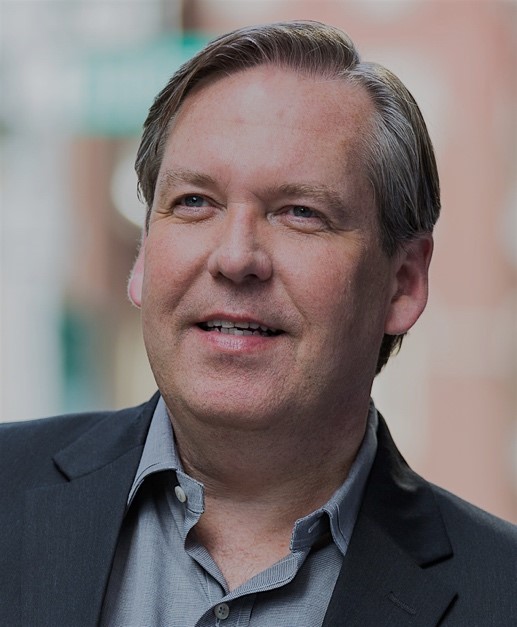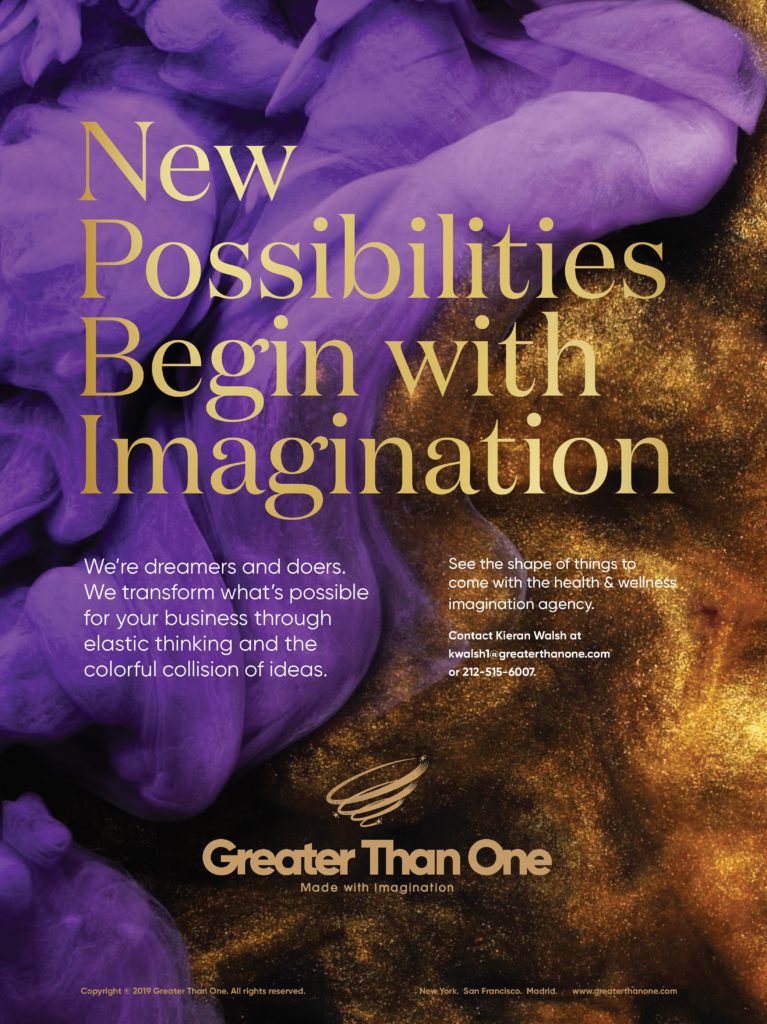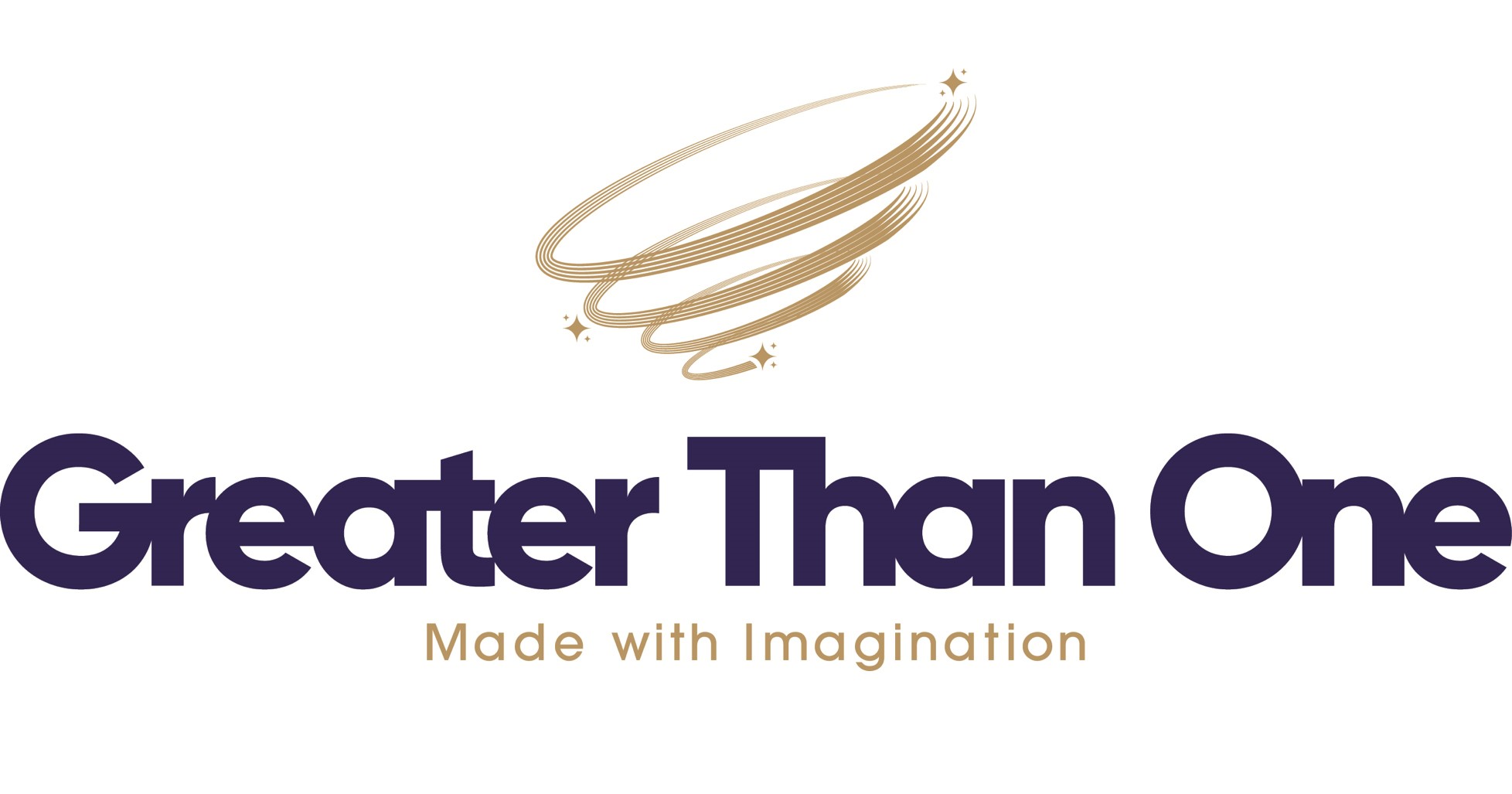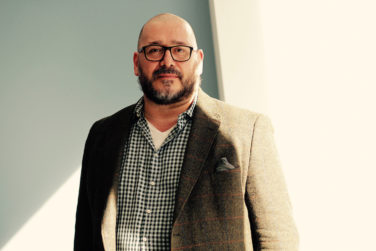Last month, Greater Than One (GTO) announced a new vision and repositioning of the company as the Health & Wellness Imagination Agency. PM360 spoke with GTO President Kieran Walsh about the new direction of the agency, what it means to be “the imagination agency,” how this changes how the agency operates, what it means for clients, and much more.

PM360: Why did you decide to reposition the agency at this time as the “imagination agency”?
Kieran Walsh: I view it more as positioning the agency appropriately based on our legacy and where we see our differentiation. The agency has lacked a clear and competitive position in the marketplace for a while now, despite its past success. As a result, there was a fair amount of confusion with respect to who we were and what made us unique. However, imaginative thinking has always been part of the fabric here at GTO.
One of the other underlying reasons why we felt the time was right now is that the healthcare advertising industry is more competitive and dynamic than ever before. You’ve got independent agencies, agencies within the holding companies and large consulting firms aggressively entering the space. Agencies need to clearly distinguish themselves now more than ever.
Branding GTO required a great deal of time and thought. When you do something of this magnitude, you have to spend as much time as you need to feel confident that you have arrived at the right place. We did a lot of research about our competitive set and clients’ needs, attitudes, and behaviors. In the final analysis, we believe as a senior leadership team and as an organization that we are definitely in the right place and are enormously excited about what the future holds.
What does it actually mean to be “the imagination agency”?
It starts with how we define imagination. The obvious question is, “Shouldn’t every ad agency have imagination at its core?” Yes, but that attribute falls primarily to Creatives. When we think of what it means to be the most imaginative agency, our mission statement is to transform what’s possible for our clients and their customers by creating the most imaginative solutions in the industry. These are solutions that are inspired by all of our core practices. Imagination allows us to dig deep across the entire company and uncover solutions that you may not think are available or even possible.

The technical explanation of imagination is the capacity to help form new ideas that may not always be present to your senses. And it’s one of the most important aspects to changing human behavior. When your mind is exposed to it, perceptions and behaviors are permanently transformed. What agency wouldn’t aspire to that goal?
When you were conducting research to see how you wanted to position the agency, what did you find to make you land on imagination as a distinguishing point from other agencies?
While we found that a number of agencies have very strong positioning, surprisingly no one spoke about imagination. Given our legacy and how we have been operating as an agency over the last couple of years, we thought that was pretty fertile terrain for us.
When I say that we’re the “imagination agency,” it’s not a slogan. It is an organizational creed. It is the way of life here at the agency. It’s not the exclusive property of the creative department. Every one of our employees is recruited and evaluated based on the creativity and the imaginative thinking that they bring to their specialty—not just for their clients but for the agency as a whole. We immerse ourselves in our clients’ businesses and encourage people to challenge the status quo if they believe it helps to create newer, better possibilities for our clients and our customers. It’s really a process of constant innovative thought versus merely executing.
How has this line of thinking changed how you operate as agency?
Imagination sits at the center of our three key pillars: Strategy, creative, and technology. We make sure that those three pillars are in sync and are orbiting imagination as a key business requirement, which enables teams to think about the clients’ business in a much more holistic way. It enables clients to see 360˚ of thinking.
The days of building silos and measuring each tactic by channel are over. Our goal is to connect all of the dots for clients throughout their entire ecosystem. And having those teams form a union and work together from the start is the major catalyst behind that. We are also putting more emphasis on our analytics practice to address marketplace demand and become even more of an asset to our clients. Even though imagination on the surface has kind of an ethereal feel to it, make no mistake about it, our thinking will become even more data influenced and enriched than it has been in the past.
Likewise, our technology practice is becoming more innovative by the day as we start to embrace broader initiatives such as enterprise marketing, which is a fairly uncommon capability among traditional agencies. It positions us squarely between healthcare agencies and consulting practices like Accenture and Deloitte. Technology is going to continue to play a more formidable role at GTO as our industry becomes more sophisticated by the day.
What else are you doing to deliver more imaginative results to clients?
First, every initiative that is undertaken at the agency must answer how it’s going to deliver on imagination for our clients whether it’s a media brief, a creative strategy, or a technology platform.
We have created an Imagination Lab, which brings together creative thinkers across our disciplines at our agency. It can also include clients, members of the patient community, or the professional community as applicable—it all depends on what the ask is. Every exercise that takes place in the lab is unique. The composition of the people that are included in each lab is unique. But the goal of the Lab remains the same: To work collaboratively to generate highly imaginative ideas that are going to address our clients’ most important business challenges and opportunities.
It’s exciting to sit across from the president of a healthcare company and get a feel for their own “wish list,” and being able to organize an entire exercise around that to help them get to the answers.
Do you have any examples of campaigns or initiatives that represent the kind of imaginative thinking you have been talking about?
I’ll give you two examples. One, a rare genetic disease where we convinced a client with a dominant market share to create an unbranded DTC campaign to drive more potential patients to take action, get tested, and see whether they tested positive for the markers in the disease. No small feat.
We developed the program with our clients, we renamed the disease to something that was more relevant and more relatable. In a little over a year, we identified 8 to 10 patients with this genetic disease who could now seek treatment; which is pretty incredible.
Another example, at the complete opposite end of the spectrum from creative strategy, is an enterprise strategy for another rare genetic disease to connect all the data on every patient and every HCP site worldwide and support a rapid global expansion of the company’s first commercial drug to market. At the end of the day, they could more easily and more efficiently be able to segment their users across the world and communicate to their audiences worldwide. And could direct messaging on a country-by-country, region-by-region, continent-by-continent basis.
You mentioned that you have also changed your approach to bringing new people into the agency. What is different in that regards?
Talent is the lifeblood of every agency. We’re very particular when it comes to the people who we bring into the agency. We look for creative thinkers and curiosity seekers at every level across the agency. Doesn’t matter if you’re in search, dev, or project management. We want individuals who are really passionate about what they do and really tenacious about opportunities to apply some imaginative thinking to solve the complex problems clients are dealing with today.
This industry was founded on the basis of providing clients with great ideas that stimulate their businesses for growth. Our agency still believes that there’s a place for ideas that are going to dramatically impact our clients’ businesses at the end of the day. For that, you need a high degree of creative thinkers who are willing to push boundaries, and tenacious about identifying brilliant ideas that are “made with imagination.”
Ultimately, what do you hope positioning the agency in this way accomplishes? Do you have specific goals in mind for where you want to be a year, five years, or 10 years from now?
Our vision is a lofty one. It is to be the most imaginative agency in health and wellness. To me, the beauty of that positioning is that it’s timeless. It never ends, so you’re never going to say, “Well, we figured that one out. How do we position ourselves now?”
When you consider the breakneck pace of technology today, we will have to keep pace. The marketplace is going to let us know how successful we are on delivering on that promise. I believe that we are doing it already and that our future is even brighter now that we have clarified this value proposition for the outside world.





